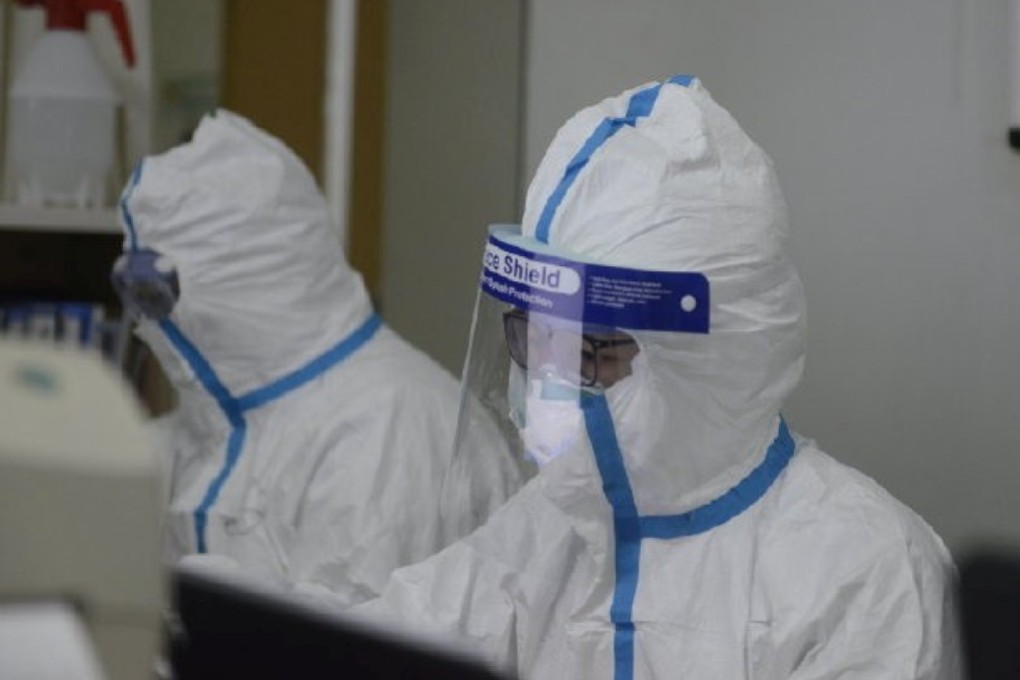China coronavirus: Wuhan medical staff being infected at much faster pace than reported as national death toll hits 26
- Fifteen cases of the coronavirus have been officially reported among medical staff in the city, but doctors say the true number is far higher
- One says that ‘even now we don’t have enough protective gear’ but hospital workers have ‘no option’ but to carry on

The Chinese Centre for Disease Control has identified 15 hospital staff as being infected in the coronavirus outbreak in Wuhan city, but two sources with direct knowledge of the situation said doctors and nurses were being stricken at a much faster pace.
The outbreak was first reported on December 31, less than four weeks ago, and identified as a previously unidentified pathogen on January 7.
During most of that period, medical staff were treating patients in Wuhan hospitals without confirmation of human-to-human transmission.
One patient – a suspected super-spreader, or highly virulent carrier of the disease – is thought to have infected 14 staff in one hospital alone, Yuen Kwok-yung, a doctor and infectious diseases specialist at Hong Kong University, said at a press conference.
He visited Wuhan with other doctors at the invitation of the central government on Tuesday.